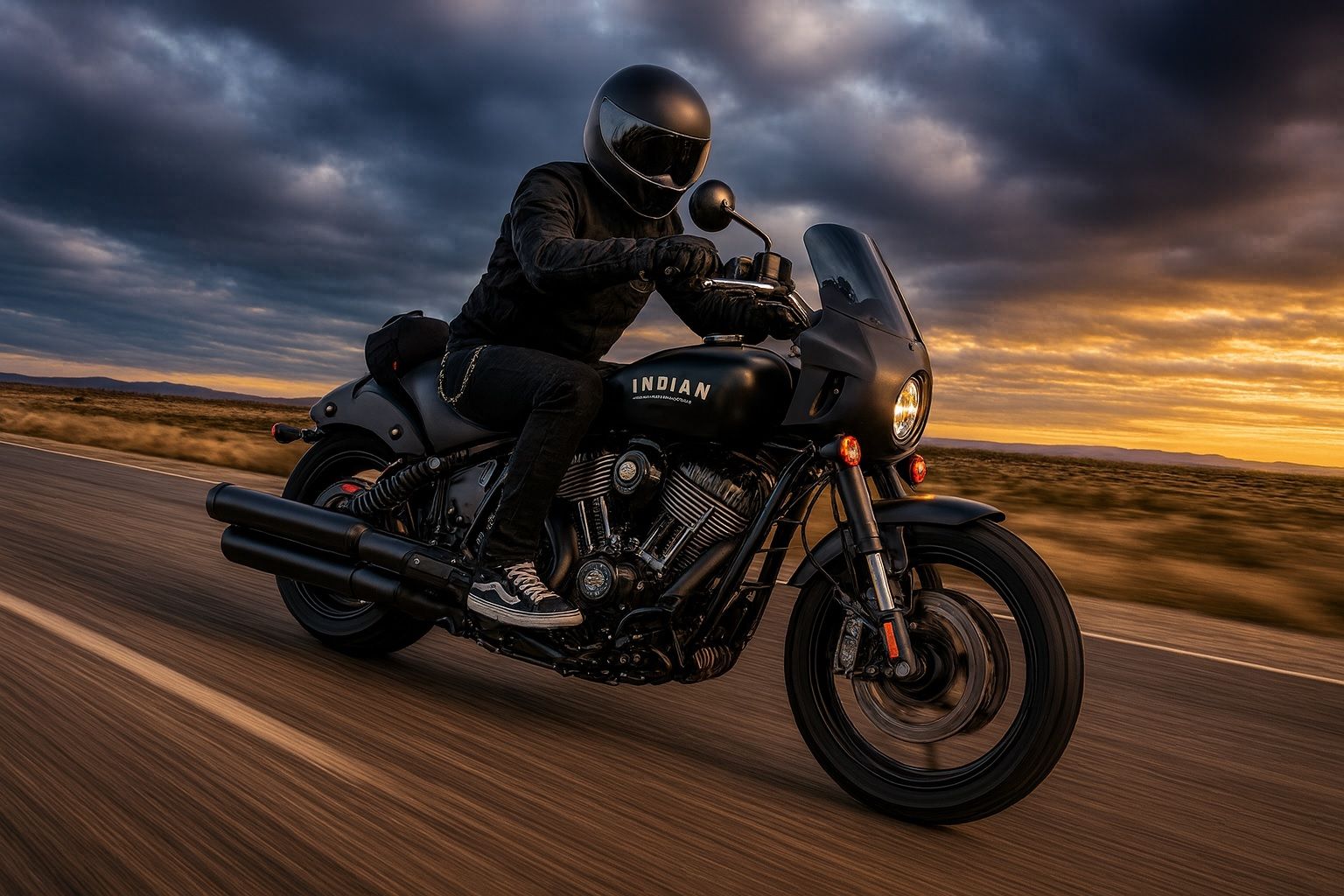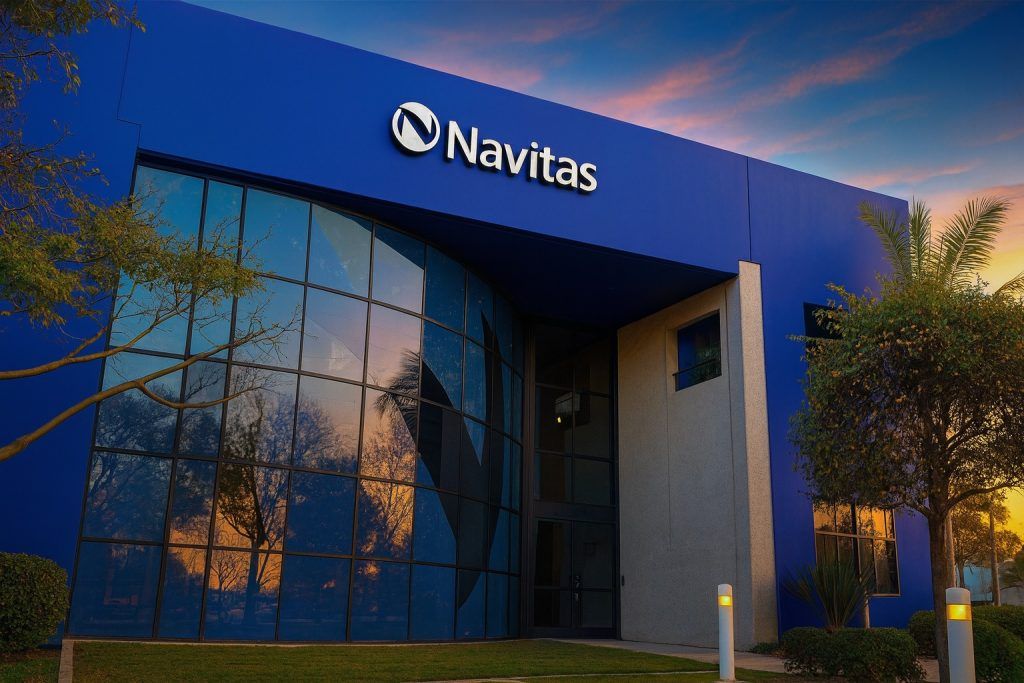- Deal Announcement: Polaris Inc. (NYSE: PII) announced on Oct 13, 2025 that it will spin off its Indian Motorcycle brand into a standalone company and sell a majority stake to Carolwood LP, a Los Angeles–based private equity firm. Polaris will retain a small equity interest post-transaction [1] [2]. The deal is expected to close in Q1 2026 after customary approvals [3] [4].
- Financial Impact: Indian Motorcycle generated about $478 million in revenue (≈7% of Polaris’s total) over the last 12 months (ending June 30, 2025) [5] [6]. Polaris says the sale will be accretive to its adjusted EBITDA by ≈$50 million and to adjusted EPS by ~$1.00 annually [7] [8].
- Leadership & Staffing: Carolwood has chosen Mike Kennedy (30+ year industry veteran and former Harley-Davidson executive) as CEO of the new independent Indian Motorcycle company [9] [10]. Current Polaris On-Road President Mike Dougherty will oversee the transition and then retire (he led Polaris’ international business to over $1B in sales) [11] [12]. About 900 Indian Motorcycle employees (engineers, designers and assembly workers) will transfer to the new company, including Polaris’s Spirit Lake, IA and Monticello, MN factories and a Swiss design center [13] [14]. Dealers and service networks will see “continued stability” through the change [15] [16].
- Stock Reaction: Polaris stock rocketed on the news. Shares closed Oct 13 at $61.30, up +8.9% on the day [17], and traded around $68 in after-hours (roughly +11% from the prior close) [18]. By comparison, Harley-Davidson (a key competitor) was roughly flat near $26. Analysts note the deal unlocks shareholder value: Polaris CEO Mike Speetzen said it “allows us to accelerate investments in key initiatives” and “unlock greater long-term value” [19]. However, most Wall Street analysts remain cautiously optimistic – the average 12-month price target is $52.33 (about a 15% discount to current price) [20].
Deal Details and Strategic Rationale
Polaris’s surprise announcement comes after years of owning Indian Motorcycle (acquired in 2011) and ultimately retiring its rival Victory brand in 2017. In a press release, Polaris explained it will “separate Indian Motorcycle into a standalone business” to let each company “move faster” with sharper focus [21] [22]. Polaris CEO Mike Speetzen said the move lets Polaris concentrate on its highest-growth segments (like ATVs and snowmobiles) and “lean further into our respective market strengths” [23]. Carolwood Principal Andrew Shanfeld (quoted in the press release) hailed Indian as “an iconic American brand” and plans to invest in its “continued growth as an independent company” [24].
Indian Motorcycle has a storied history as the first U.S. motorcycle company. Under Polaris, Indian’s sales rose modestly but its profitability lagged the larger off-road business. By spinning it off, Polaris expects its remaining business to become more profitable (mix shifts toward higher-margin powersports vehicles) [25] [26]. Polaris had faced “weak consumer demand and tariffs” earlier this year [27], which pressured sales in its core off-road segments. The company even withdrew its annual guidance in summer 2025 due to those headwinds [28]. The Indian sale is thus also a way to shore up earnings – Polaris expects the deal to boost its adjusted EBITDA by ~$50 M and EPS by about $1.00 [29] [30].
Indian Motorcycle After the Deal
After closing, Indian Motorcycle will operate independently under its own management [31]. Carolwood has tapped Mike Kennedy as the new CEO – he’s a 30+ year motorcycle veteran (Vance & Hines, Harley, RumbleOn) tasked with stewardspping the brand’s growth [32] [33]. Polaris says no major workforce cuts or factory closings are planned: the Spirit Lake, IA factory (the historic heart of Indian production) will stay fully operational [34], and “no changes expected” in staffing or manufacturing [35]. Roughly 900 of Indian’s ~1000 employees (50% of them at Spirit Lake) will transfer to the new company [36] [37]. Polaris even maintains a minority stake to preserve a close relationship [38] [39].
Dealers appear relieved: industry press notes that “for dealers, the separation signals continued stability”, since a dedicated motorcycle-only owner is likely to focus on models and marketing for Indian’s audience [40]. Polaris also promises to honor all dealer and customer commitments during the transition [41]. (The Spirit Lake visitor center will continue tours, and Polaris said Wednesday that it will keep investing in Spirit Lake to ensure “job stability” for the community [42].)
Financials and Forecast
Indian Motorcycle’s sales have been relatively small (≈7% of Polaris revenue) [43] [44], and it historically had single-digit growth. By contrast, Polaris’s off-road vehicles (UTVs, ATVs and snowmobiles) are its core business. The sale is expected to boost Polaris’s margins by shifting more sales to its higher-profit lines. Polaris’s management provided preliminary Q3 2025 results alongside the announcement: they expect sales at the high end of the prior $1.6–1.8 billion guidance range and EPS of $0.31–$0.41 [45] [46]. (Speetzen noted particularly strong shipments and cost controls in off-road powersports.) Final earnings will be reported Oct 28.
On Wall Street, analysts broadly applauded the move as value-enhancing. Under Polaris guidance and market reaction, shares soared ~20% from their pre-announcement level. After-hours trading on Oct 13 saw PII reach about $68.05 [47]. However, most analysts remain cautious: the average 12-month price target is only ~$52 [48], implying that Polaris was undervalued by Wall Street expectations even before the deal. (By contrast, Harley-Davidson stock has been weak this year, trading around $26.) If Polaris can maintain strong off-road sales and improve margins, some see upside. But we note that Polaris is still paying a hefty dividend (~4.4% yield) and carries inventory and recall risks from last year.
Forecast: In the near term, the biggest impact is on investor sentiment. With Indian spun off, Polaris can focus on product launches (a new Ranger 500 UTV was just unveiled, priced at $9,999) and tourism seasons. The separated Indian brand might accelerate new model rollouts under Kennedy’s leadership, perhaps even exploring electrification (Harley recently launched electric bikes) or global expansion. Policymakers’ tariffs and interest rates still pose risks to all powersports makers. But with the first quarter 2026 closing expected, the market can assess Polaris on its core business strengths. If Polaris leverages the extra cash flow and streamlined focus, analysts could start lifting price targets. Already, some firms (e.g. RBC, BMO Capital) raised targets to the low-$50s earlier in 2025 on improving trends [49]. In sum, industry watchers see this as a catalyst for Polaris – unlocking value and clarity – even as the broader U.S. motorcycle market remains challenged by demographics and competition.
Sources: Official Polaris press release [50] [51]; Reuters and trade press reports [52] [53]; local Iowa news [54] [55]; and financial outlets (Investing.com, MarketBeat) for stock data and analysis [56] [57] [58].
References
1. www.polaris.com, 2. powersportsbusiness.com, 3. www.polaris.com, 4. www.investing.com, 5. www.polaris.com, 6. www.reuters.com, 7. www.polaris.com, 8. www.investing.com, 9. www.polaris.com, 10. www.reuters.com, 11. www.polaris.com, 12. powersportsbusiness.com, 13. www.polaris.com, 14. northwestiowanow.com, 15. powersportsbusiness.com, 16. www.polaris.com, 17. www.marketbeat.com, 18. www.marketbeat.com, 19. www.polaris.com, 20. www.marketbeat.com, 21. www.polaris.com, 22. www.polaris.com, 23. www.polaris.com, 24. www.polaris.com, 25. www.investing.com, 26. www.reuters.com, 27. www.reuters.com, 28. www.reuters.com, 29. www.polaris.com, 30. www.reuters.com, 31. www.polaris.com, 32. www.polaris.com, 33. www.reuters.com, 34. northwestiowanow.com, 35. northwestiowanow.com, 36. www.polaris.com, 37. northwestiowanow.com, 38. www.polaris.com, 39. northwestiowanow.com, 40. powersportsbusiness.com, 41. www.polaris.com, 42. northwestiowanow.com, 43. www.polaris.com, 44. www.reuters.com, 45. www.polaris.com, 46. www.reuters.com, 47. www.marketbeat.com, 48. www.marketbeat.com, 49. ca.investing.com, 50. www.polaris.com, 51. www.polaris.com, 52. www.reuters.com, 53. powersportsbusiness.com, 54. northwestiowanow.com, 55. northwestiowanow.com, 56. www.investing.com, 57. www.marketbeat.com, 58. www.marketbeat.com







